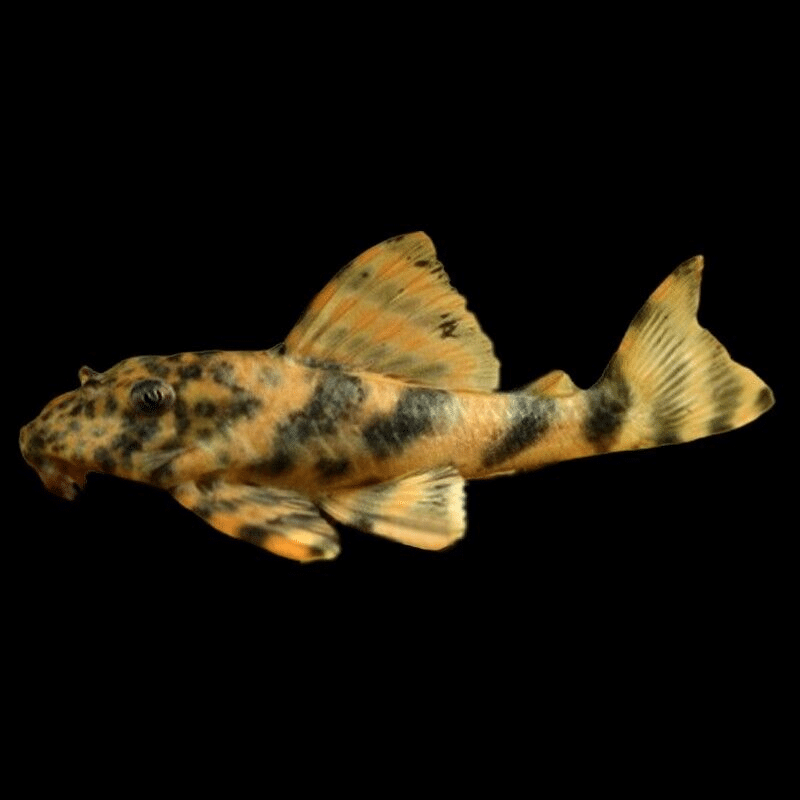To provide the best experiences, we use technologies like cookies to store and/or access device information. Consenting to these technologies will allow us to process data such as browsing behaviour or unique IDs on this site. Not consenting or withdrawing consent, may adversely affect certain features and functions.
The technical storage or access is strictly necessary for the legitimate purpose of enabling the use of a specific service explicitly requested by the subscriber or user, or for the sole purpose of carrying out the transmission of a communication over an electronic communications network.
The technical storage or access is necessary for the legitimate purpose of storing preferences that are not requested by the subscriber or user.
The technical storage or access that is used exclusively for statistical purposes.
The technical storage or access that is used exclusively for anonymous statistical purposes. Without a subpoena, voluntary compliance on the part of your Internet Service Provider, or additional records from a third party, information stored or retrieved for this purpose alone cannot usually be used to identify you.
The technical storage or access is required to create user profiles to send advertising, or to track the user on a website or across several websites for similar marketing purposes.















Emily Carter (verified owner) –
I recently added the Peckoltia Sp. L008, or Leopard Peckoltia, to my aquarium, and I couldn’t be happier! After just two weeks, he’s made himself at home among the driftwood and plants. This beautiful catfish species is not only stunning with its leopard-like spots, but it’s also very active and engaging, making it a joy to watch. I’ve noticed that he helps keep the tank cleaner by nibbling on algae, which is a fantastic bonus for maintaining water quality. Compared to my previous plecos, the Leopard Peckoltia has a much more vibrant personality and is less shy, often coming out during the day to explore. One minor concern is that they can be a bit territorial, so I recommend providing plenty of hiding spots to ensure they feel secure. Overall, I highly recommend this freshwater catfish for anyone looking to add some character to their tank. Perfect for intermediate aquarists, and I can’t wait to see how he grows! Shipping was quick, and he arrived healthy and well-packaged. I would definitely purchase again!